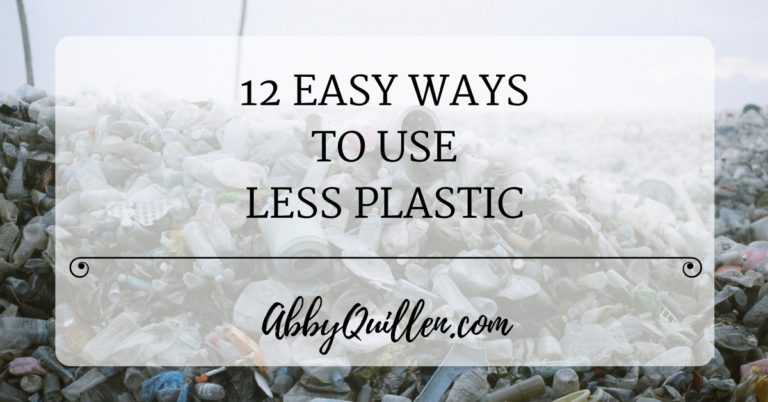12 Easy Ways To Use Less Plastic
We live in a plastic world. It’s hard to believe the substance only came on the scene about 155 years ago when Alexander Parkes, an Englishman, mixed collodion, camphor, and ethanol together in 1862. Then in 1907 Leo Baekeland created an entirely synthetic plastic from phenol and formaldahyde and coined it Bakelite. Its chemical name…
